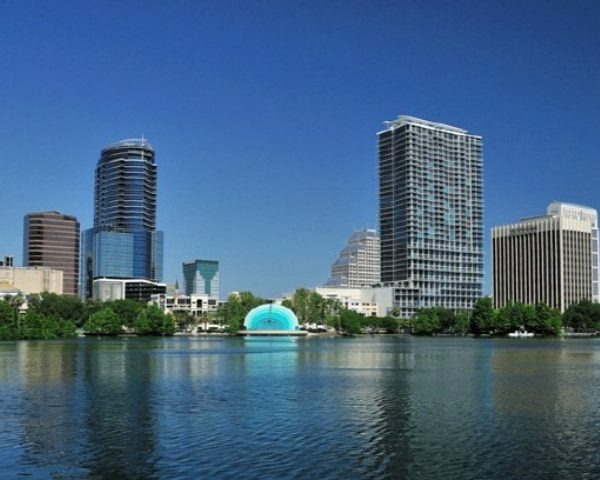Where Are The Most And Least Expensive U.S. Food Cities?
When moving to a new city, most people take into account the cost of rent, the quality of education, and the relative safety of surrounding neighborhoods. But for all you gastronomists out there, have you ever taken the cost of eating and dining out into consideration? WalletHub recently calculated the best and worst cities for your wallet, based on food prices, and the results may surprise you.
WalletHub researchers analyzed 18 different criteria, including the cost of groceries and the number of restaurants per capita, of the 150 most populous U.S. cities. The higher a city's score, the better options it has for not only tasty, but also affordable, restaurants and groceries.
Here are the top 10 best and worst cities for your wallet and stomach:
Best Cities:
We're not surprised that New York ended up in the bottom 10, but San Francisco, a city known for expensive food, actually made the number 15 spot for most expensive. Here are some facts that WalletHub got out of the data: out of the top 150 most populous cities in America, the cheapest beer can be found in Milwaukee, Wis., the most ice cream shops can be found in Garden Grove, Calif., and the cheapest groceries can be found in Houston, Texas.
For the latest happenings in the food and drink world, visit our Food News page.
Joanna Fantozzi is an Associate Editor with The Daily Meal. Follow her on Twitter @JoannaFantozzi
